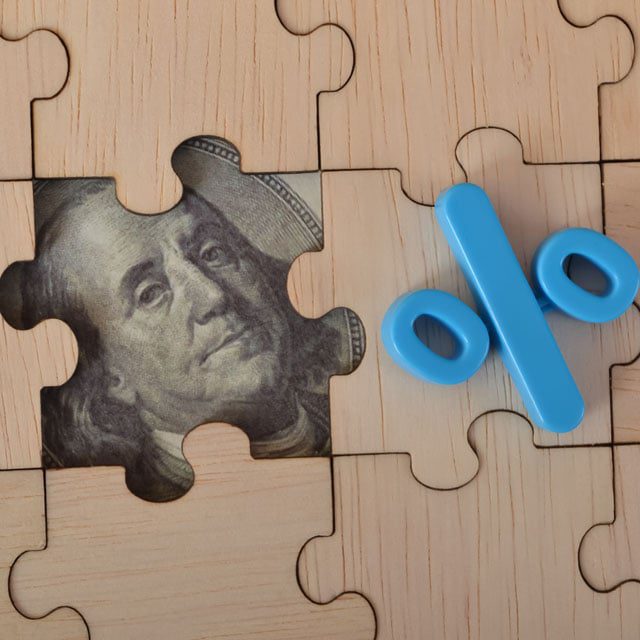How to Help Clients Navigate Bonds Before Rate Cuts

What You Need to Know
The Federal Reserve appears likely to cut interest rates, possibly as soon as its September meeting.
A bond ladder may be a way to lock in current higher rates for at least a portion of bond exposure.
Part of any portfolio rebalancing analysis should include the tax effects.
The Federal Reserve appears likely to cut interest rates, possibly as soon as at its September meeting. Most clients have an allocation to bonds or fixed income either through directly holding bonds or through bond mutual funds or exchange-traded funds.
In addition, many clients likely have an allocation to cash, which in today’s environment is probably earning a good rate of interest.
With a potential Fed rate cut looming, what does this mean for clients’ portfolios and for potential future investments? The best approach for most is to review their bond and fixed income holdings as part of an ongoing asset allocation, rather than trying to speculate on interest rate movements.
Bond Duration
Bond duration helps measure the effects of a change in interest rates on the price of a single bond or a bond fund. This metric takes into account the time until maturity and the present value of the interest payments, with bond prices traditionally moving inversely with the direction of interest rates.
Here is a look at three popular bond funds:
Fidelity Low Duration Bond Factor ETF (FLDR): Effective duration is 0.88 years, and the effective maturity is 2.1 years. This indicates that a 1% decline in interest rates would provide shareholders with an approximate 0.88% price gain.
PIMCO Total Return Admin (PTRAX): Effective duration is 5.54 years, and the effective maturity is 7.77 years. This indicates that a 1% decline in interest rates would provide shareholders with an approximate 5.54% price gain.
Vanguard Long-Term Bond ETF (BLV): Effective duration is 13.67 years, and the effective maturity is 22.5 years. This indicates that a 1% decline in interest rates would provide shareholders with an approximate 13.67% price gain.
Individual Bonds vs. Bond Funds
Individual bonds will see their price rise or decline in the secondary market based on the movement of interest rates. A difference between an individual bond and a bond fund is that individual bonds mature while bond funds do not.
This means that regardless of the direction of interest rates, holding an individual bond to maturity allows clients to receive the par value of the bond plus any interest payments due while holding the bond.
This is not the case with bond mutual funds or ETFs, since they are a collection of bonds. This adds a degree of risk to using bond funds to bet on the direction of interest rates. If rate cuts do not materialize or if other factors come into play, the bond funds may not act as expected.
Effects on Existing Holdings
If the Fed does lower interest rates, this would likely boost the value of bond mutual funds or ETFs. This could be especially true for bond funds in the intermediate- to longer-term maturity ranges.
The price of individual bonds would likely rise as well, again with the bonds with the longest time until maturity potentially being affected the most.




